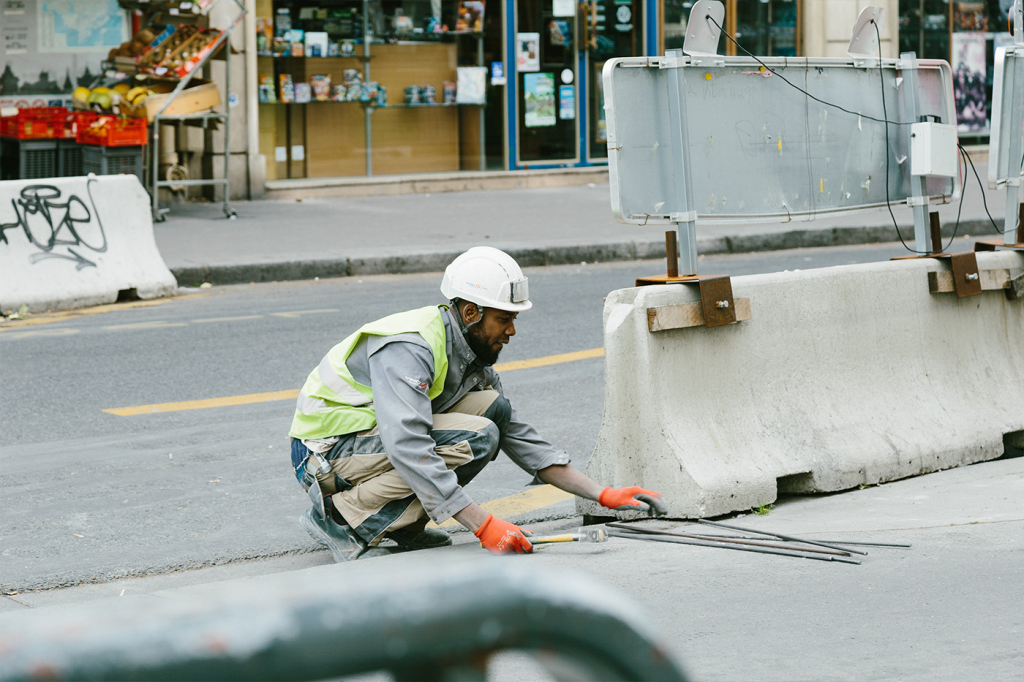Service workers in hospitality and sales workers in retail are highly impacted by COVID-19 related closures. Amid the COVID-19 public health crisis, Asian-majority and Latino-majority neighborhoods in Los Angeles County are most vulnerable to negative economic consequences due to workforce concentration in these service and sales sectors.
Overview:
The “social distancing” and stay at home orders resulting from COVID-19 have led to a decline in consumer demand and massive business closures. As a result, many people unable to work from home are at an increased risk of unemployment. UCLA LPPI’s report examines the location, racial-ethnic composition, foreign-born status, and socioeconomic circumstances of individuals in the service and retail sectors, the two sectors highly impacted by COVID-19. Our findings show that these workers are more likely to earn low-wages, live in poverty, or identify as people of color, with Latinos being the ethnic majority in both at-risk sectors.
Key Findings:
- Those most affected by the COVID-19 pandemic are likely to be workers who earn low-wages, live in poverty, or identify as people of color. Within both service and retail sectors Latinos are the ethnic majority.
- 40 percent of Asian-majority neighborhoods and 57 percent of LA County’s Latino-majority neighborhoods are particularly vulnerable during the COVID-19 pandemic given their outsized share of the county’s retail and service sector workers, compared to only 12.2 percent of white-majority neighborhoods.
- Neighborhoods with the highest-rate of low-income people are home to the County’s greatest share of at-risk service and retail workers at 34 percent, and County neighborhoods with the greatest proportion of foreignborn individuals have the highest share of at-risk workers.
- The workers in the hospitality and retail sectors are disproportionately people of color due in large part to the number of Latinos across both sectors with 53 percent in sales/retailing and 61 percent in service/hospitality.

